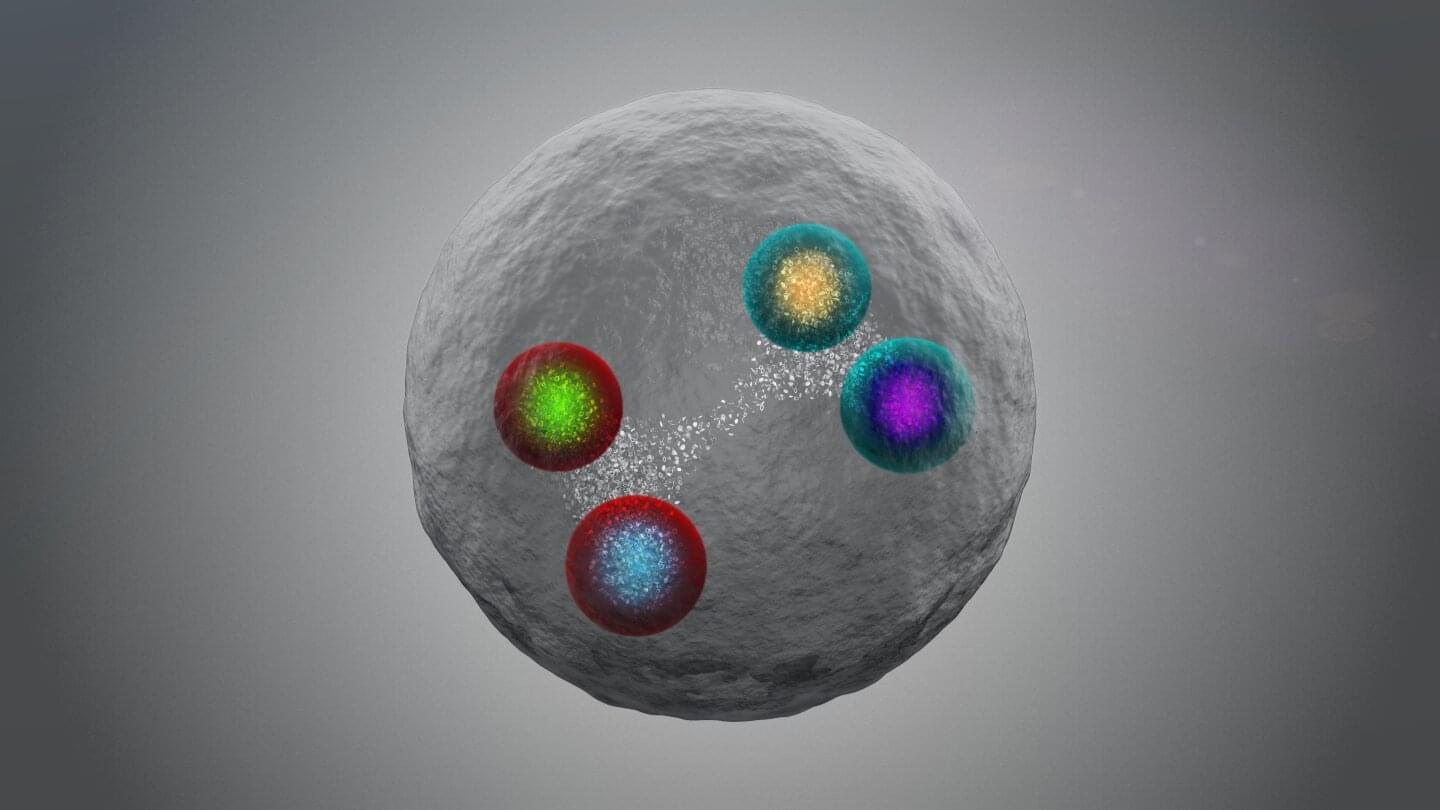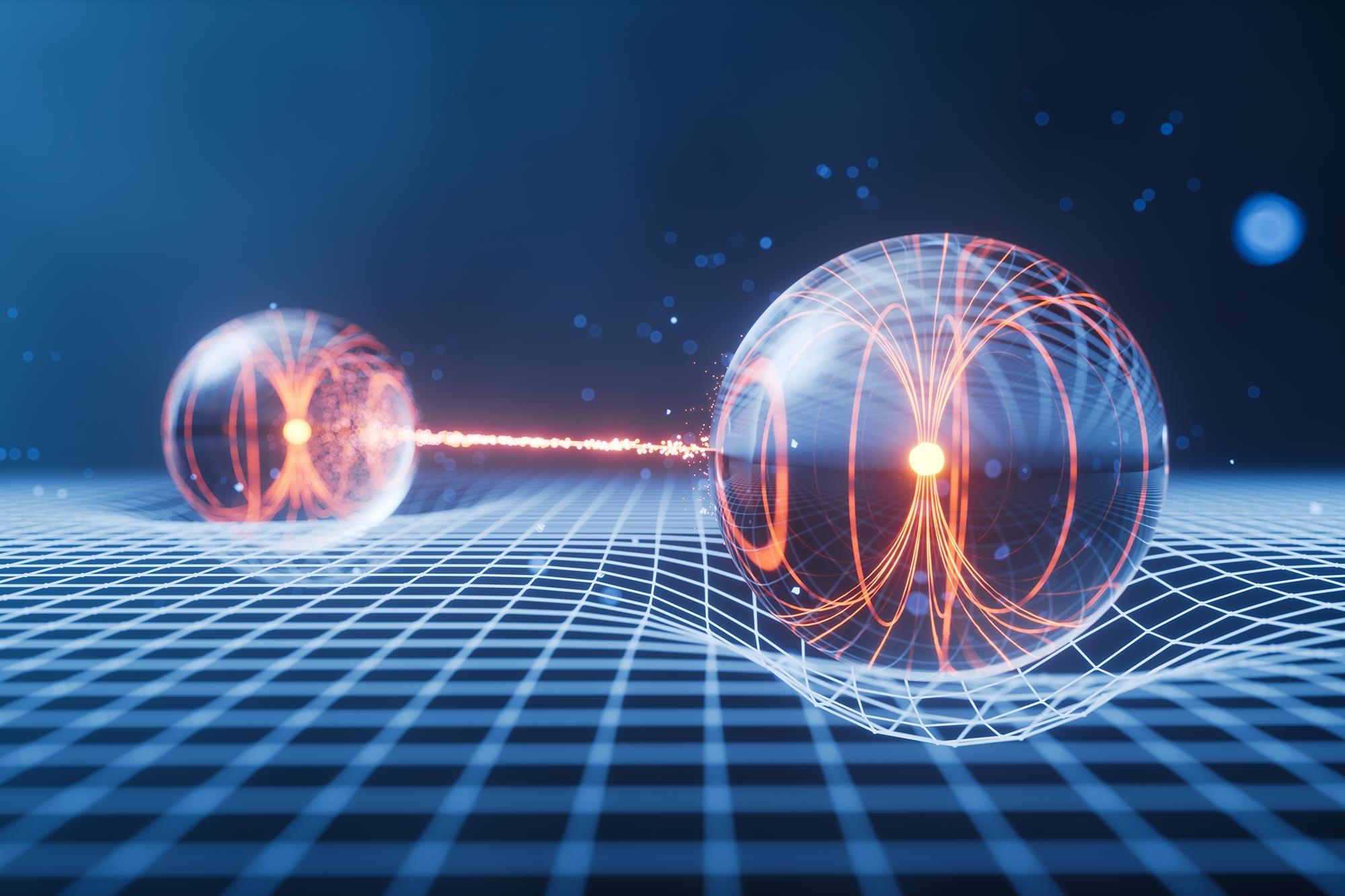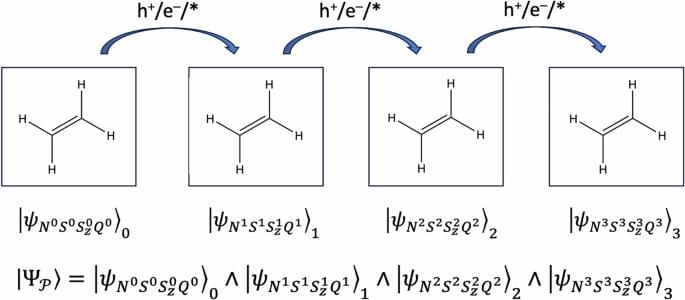The CMS collaboration reports the first measurement of the quantum properties of a family of tetraquarks that was recently discovered at the LHC.
To date, the Large Hadron Collider (LHC) at CERN has discovered 80 particles. The most famous is the Higgs boson, a crucial ingredient in the fundamental laws of the universe. The rest are particles called hadrons made up of quarks, which allow physicists to investigate the intriguing properties of the strong nuclear force.
Of the hadrons discovered so far, most are familiar sets of two or three quarks (so-called mesons and baryons, respectively). But one of the LHC’s most striking discoveries is the confirmation of exotic hadrons composed of four or five quarks.









